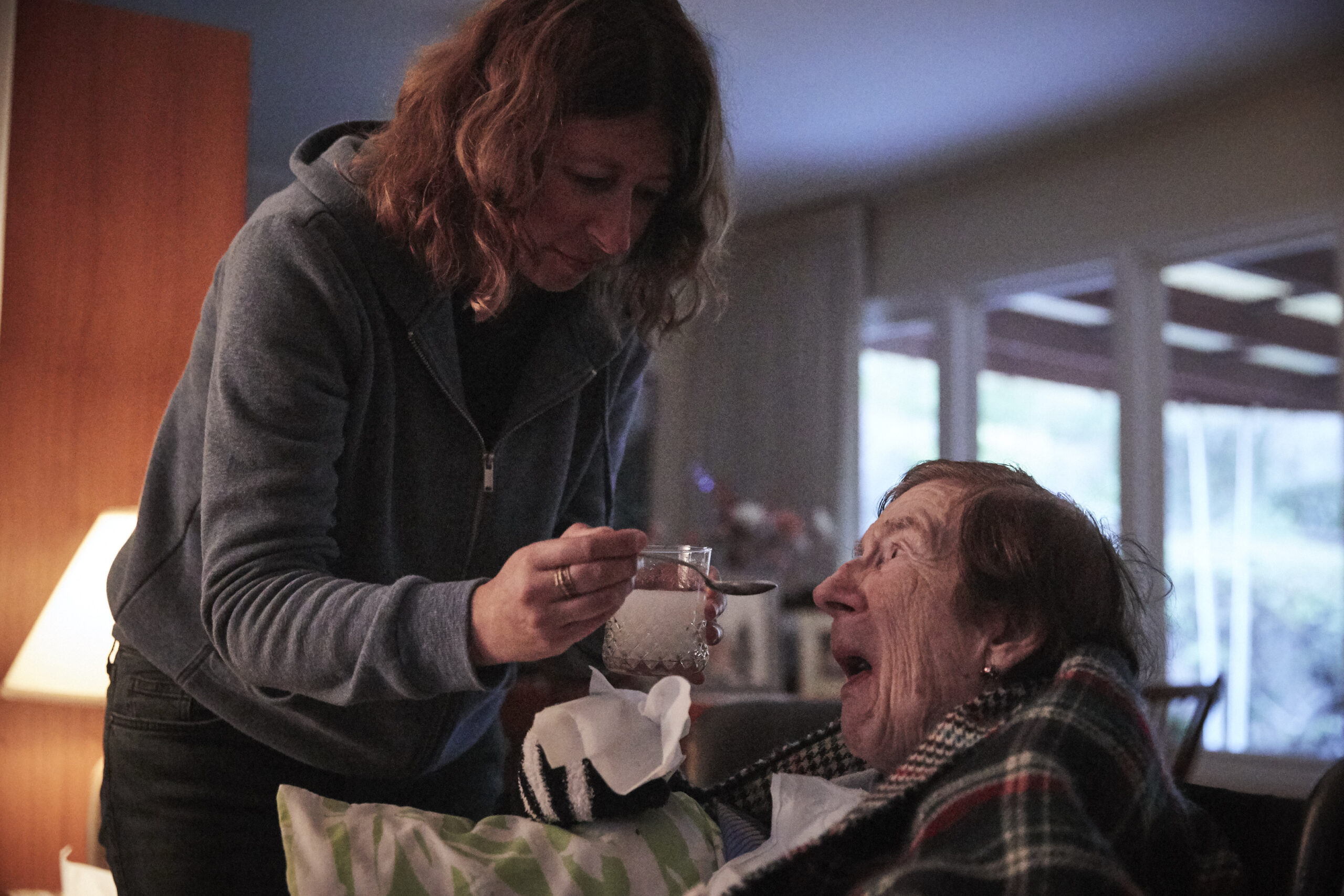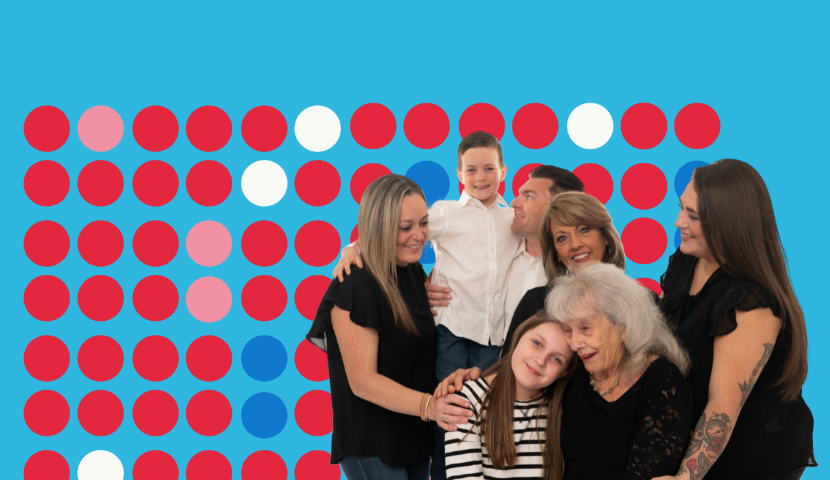
Medicaid is a lifeline for nearly 80 million people across the country—including disabled people, older adults, family caregivers, care workers, children, and families. It provides essential healthcare and aging and disability, including aging and disability care in our homes and communities where most people prefer to live and age. Yet despite its life-saving impact, Medicaid faces ongoing threats from policymakers looking to take away essential care in order to pay for tax giveaways for the ultra wealthy. These attacks on Medicaid impact individual people already struggling with the costs of care while also destabilizing families, weakening state economies, and undermining our entire care system.
Understanding the role of Medicaid is key to protecting it. It’s the backbone of care for millions who would otherwise have no healthcare and nowhere to turn for aging and disability care. Here are 10 key things to know about Medicaid and why we must protect it:
1. Medicaid is Widely Popular
Medicaid supports 1 in 5 Americans—nearly 80 million people—including more than 17 million disabled people and older adults. It has strong bipartisan support, with polling at Hart Research showing 76% of voters holding a favorable view of the program. 82% of voters, including 7 in 10 people who voted for President Trump, opposed cuts to Medicaid.
2. Medicaid Provides Care to Millions of Families and Children
Medicaid helps keep parents and children healthy and well. Nearly half of all children in the U.S. have access to healthcare because of Medicaid, and parents make up 4 in 10 adults who use Medicaid. It covers 4 in every 10 births across the country. For disabled children, Medicaid ensures access to vital care that helps them stay at home with their families.
3. Medicaid is the Main Payor for Aging and Disability Care
Private insurance and Medicare don’t cover most long-term care, making Medicaid the primary source of all long-term care, and primarily home and community-based services (HCBS), like personal care services, home health aides, and job support for disabled adults. More than 7.8 million disabled people and older adults rely on Medicaid for these services which are now at risk due to proposed funding cuts. HCBS are optional for states to provide under federal law, making these vital services among the most at risk from Medicaid cuts.
4. Medicaid Strengthens State and Local Communities
As the largest source of federal funding for states, Medicaid makes up about a third of state budgets. It is also the second largest spending area for states, second only to K-12 education. Cutting Medicaid would force states to kick people off their health insurance by reducing coverage and enrollment and decrease provider payments, making it even harder to see doctors and get care in our homes and communities. These cuts would also impact education, infrastructure, and economic development. Medicaid strengthens all communities and local economies.
5. Medicaid is Critical to Economic Opportunity
Most Medicaid enrollees work, and for those who don’t, many are caregivers, disabled people, or students. Because Medicaid helps people see their doctors, get medications, and get preventative care, Medicaid enables people to stay in the workforce. By providing critical support like job coaching, it enables disabled people to find and maintain employment.
6. Medicaid Alleviates Barriers to Receiving Care for Medicare Recipients
For 12.5 million people enrolled in both Medicare and Medicaid, Medicaid helps fill the coverage gaps, helping cover long-term care, premiums, and out-of-pocket costs, all of which makes essential healthcare more affordable. Without Medicaid, these 12.5 million people would be priced out of getting the critical care they need.
7. Medicaid is Vital for Rural Communities
Nearly 25% of adults under 65 in rural America rely on Medicaid, which also helps hospitals in these areas keep their doors open. Medicaid expansion has cut uninsured rates in rural areas nearly in half, meaning cuts to the program could destabilize the healthcare system, leaving people in rural areas with nowhere else to turn. This would devastate a part of America whose disabled population is higher than their urban counterparts.
8. Medicaid Creates Jobs
Medicaid is the primary payer for aging and disability care, it directly funds wages for direct care workers, one of the fastest growing occupations in the country, especially as people live longer and demands for care continue to grow. More than 31% of these workers also rely on Medicaid for their own health coverage. Funding cuts would likely result in states cutting provider rates to make up for funding losses, leading to lower wages and fewer care workers when demand and need for care is rising.
9. Medicaid Supports Family Caregivers
Without Medicaid-funded home and community-based services, family caregivers face even greater challenges. In fact among working-age Medicaid enrollees, 13% of enrollees do not work because of their caregiving responsibilities. Many states use Medicaid to provide caregiver training, support groups, respite care, and even direct payments to family caregivers chosen by care recipients to provide care. These supports are likely to be first on the chopping block in funding cuts.
10. Medicaid Spending is Critical for Older Adults and Disabled People
Although disabled people and older adults make up only 1 in 5 Medicaid enrollees, they account for more than half of Medicaid spending. For disabled people and older adults who utilize aging and disability care, Medicaid spending is nearly nine times higher than those who do not. Cuts to Medicaid would disproportionately harm these people, putting their essential care at risk.
Why This Matters
Medicaid is at the core of care for millions—it’s crucial for the health and well-being of families in every part of the country, ensuring that everyone can live and age with dignity. Medicaid ensures that people have access to care at every stage of life from birth to aging or disability at any age. It provides stability for families, economic security for workers, and essential support for those who need it most.
Knowing these 10 things about Medicaid, one thing is clear: we should work to expand it, not cut it. Protecting and strengthening Medicaid means protecting our communities, our economy, and our future.
